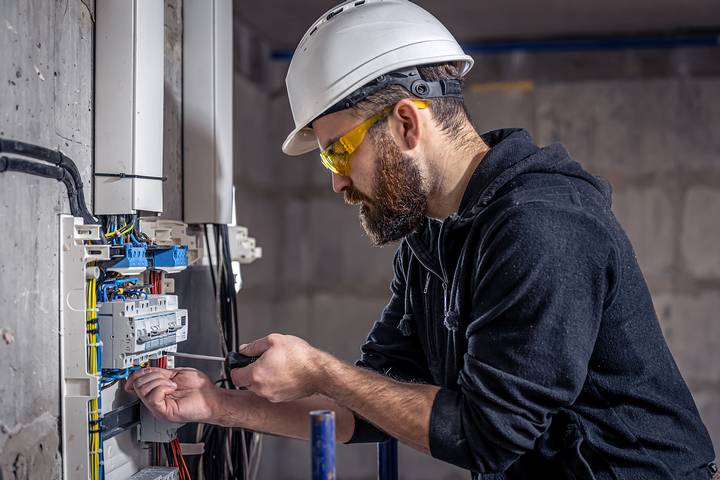10 Different Types of Electricians and Their Responsibilities
Becoming an electrician is a challenging career with lots of room to transition through various industries and sectors. We live in a world powered by electricity, so there have to be skilled men and women to harness it.
Are you interested in getting into the electrical trade? An electrician career will provide a high income with the ability to work for different companies or be self-employed.
Here are the ten different types of electricians and their responsibilities:
Type #1: Domestic Electricians

This is a common type of residential electrician that typically works on residential buildings. All electricians take the same training through their apprenticeship to journeyman status but working domestically will have you installing and repairing basic wiring systems in a home. This includes:
- Diagnosing electrical issues
- Replacing old or broken components
- Installing conduit and electrical panels
- “Pulling” wire
- Following electrical safety standards and building codes
- Reading technical blueprints
Some electricians stick to this type of work for their career, while others work domestically as a side job to their full-time work.
Type #2: Commercial Electricians
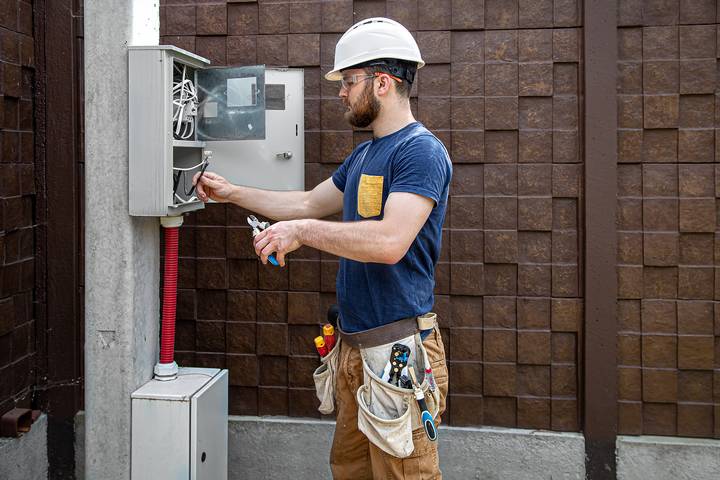
For commercial work, an electrician does many of the same procedures and uses the same equipment as in residential, but is usually at a much bigger scale with multiple tradesmen on site. More electrical power is required for these buildings, and it is a great learning environment for apprentices to work alongside journeymen and master electricians.
Besides doing your work, you may train an apprentice or lead a team of electricians as a foreman.
Type #3: Industrial Electricians
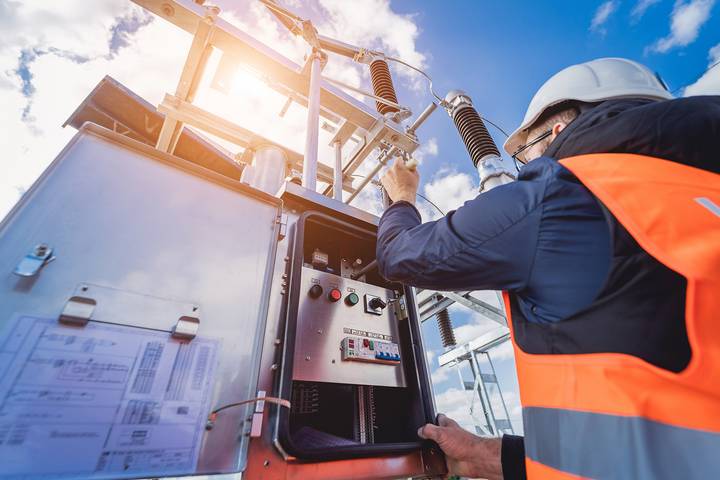
The training is the same, but the complexity of the electrical systems is more complicated than an industrial job. These projects can include:
- Manufacturing plants
- Chemical plants
- Power plants
- Shipbuilding facilities
- Large-scale industrial buildings
As with the above electricians, an industrial electrician may move around to different job sites, but industrial jobs are usually big projects that keep you on site for extended periods.
Type #4: Maintenance Electricians
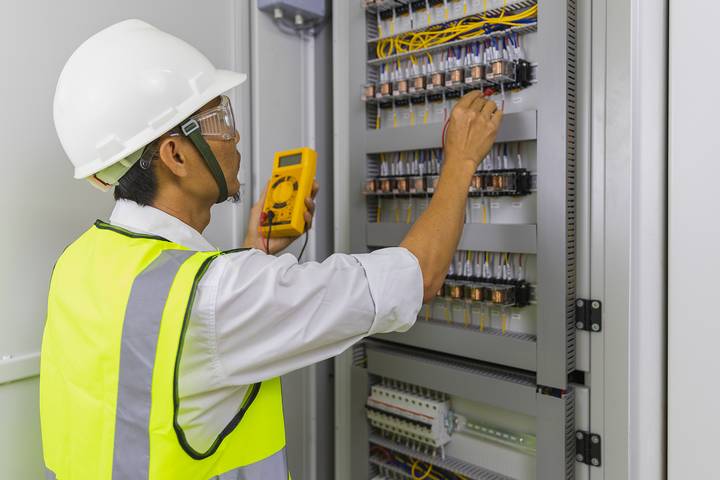
This type of electrician may be employed full-time at a company. They are responsible for maintaining and repairing electrical systems. Critical machinery must be running full time in manufacturing plants and factories, as well as large power grids for buildings and machinery, and it is their job to keep them running.
Type #5: Linemen Electricians
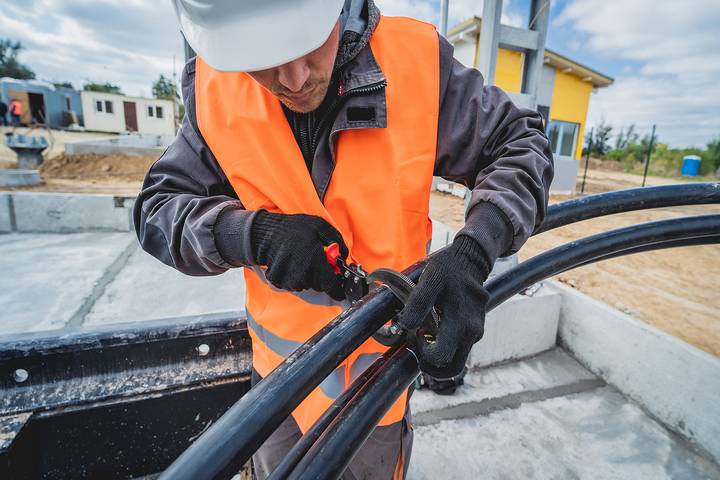
These brave men and women work outside in all kinds of weather and maintain and repair our vital electrical grid. You will be installing electrical utility and transmission systems and ensuring high-voltage power produced at plants gets distributed to substations and powers residential, commercial and industrial facilities and the entire regional grid.
Type #6: Auto Electricians

Besides the buildings we live and work in, electricity is also required to power our vehicles. Fossil fuel may still power most automobiles on the road, but there is a vast network of electronic components to operate them. An auto electrician installs all the wiring and electrical devices in the vehicle and must be able to inspect, diagnose and repair electronics.
Type #7: Apprentice Electricians

An electrician new to the job is called an apprentice. Electricians undergo a robust training schedule that includes schooling and on-the-job work experience. The first step in becoming an electrician is starting an apprenticeship through an approved program. You need a high school diploma to qualify, alternate with classroom training and onsite work alongside a journeyman. An electrical apprenticeship is typically four years.
Type #8: Journeyman Electricians
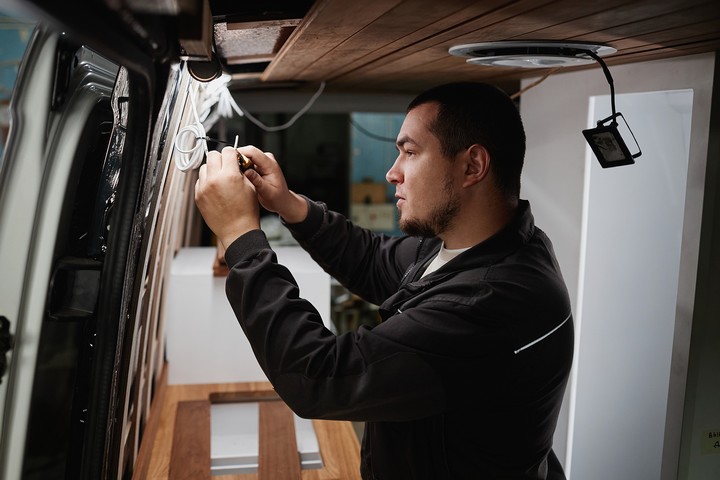
After you have finished your apprenticeship and have taken the required tests, you become a full journeyman. This certification allows you to work throughout the country as a licensed electrician and is recognized as being fully trained. You can now also pass those skills on to apprentices through your employment.
You can take the red seal exam with your trade ticket to benefit you more in the industry. This red seal certification shows your excellence in the electrical trade and can help you find more opportunities and command a better wage in your career. It is recognized across the globe.
Type #9: Master Electricians
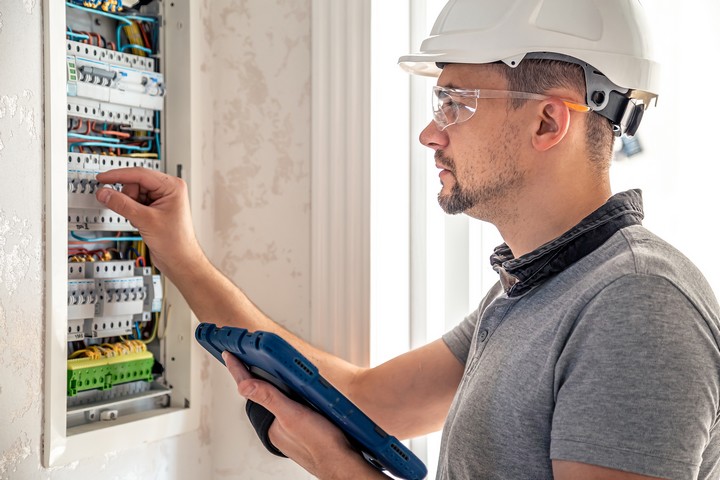
This designation is the highest level of electrical skill and shows that you have been a professional tradesman for several years beyond your journeyman status. A master electrician has additional training and work hours to test for master certification. Their extra skillset includes:
- Safety regulations
- Overseeing apprentices and journeymen
- Project management
- Systems and codes
- Drawing complex configurations
- Obtaining electrical permits
- Self-employment as a contractor or business owner
Type #10: Other Electricians

There are many other different types of electricians, specializing in a different trade. Some examples of electricians include:
- Security and alarm installer
- Solar technician
- Marine electrician
- Sign electrician
- Panel builder
- Highway systems
- Low voltage systems
- Aviation
- Telecommunications
- Inspector
- Contractor
Learning a trade is not for the faint of heart. Building the skills and entering this exciting career takes dedication and hard work. Use this as a guide to understanding the steps it takes and the different fields you can go into with your new pursuit of the electrical trade.

